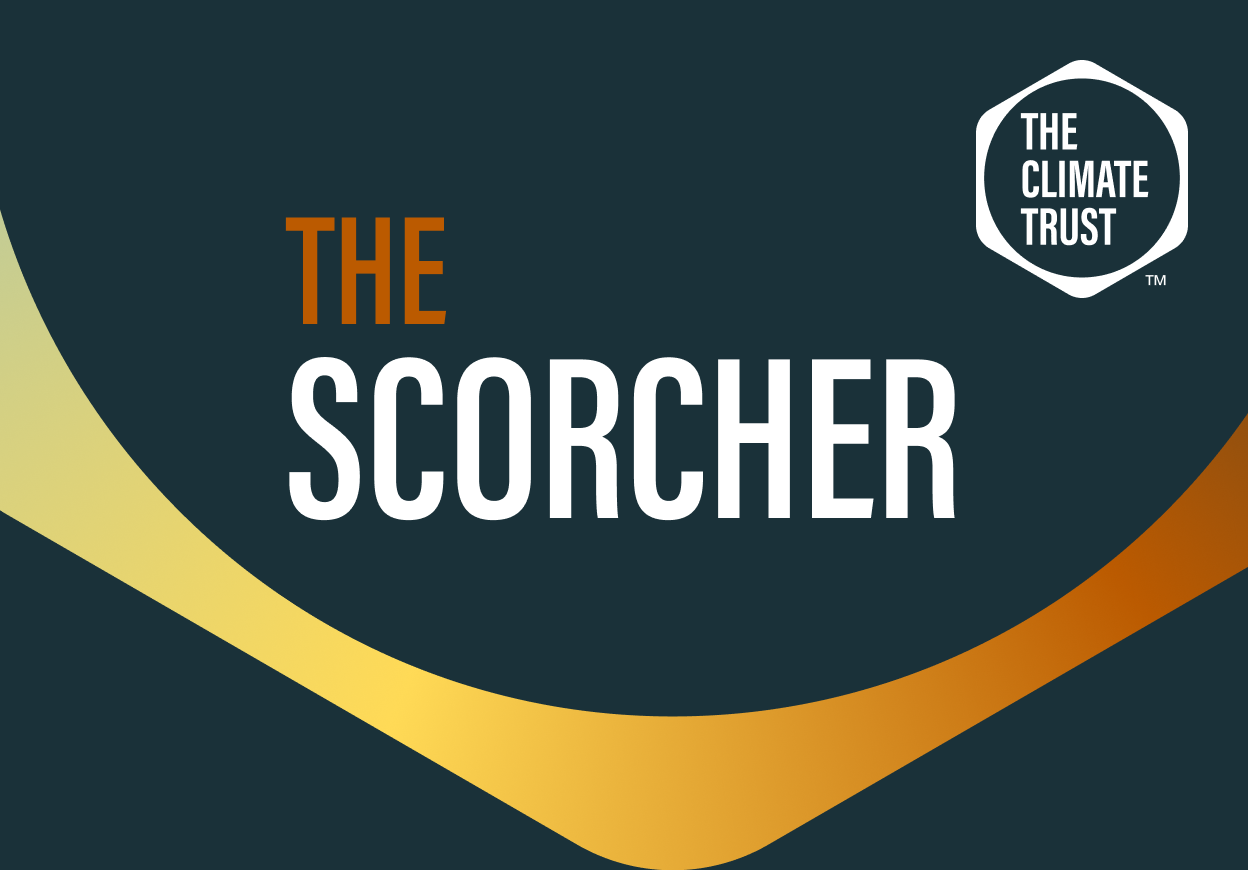
Conserving Grassland Ecosystems: The Case of the Greater Sage Grouse
The greater sage grouse has been a symbol of Western rangelands for millennia. The grassland bird was not only a food source for Indigenous Peoples, but many Western Tribes emulate the grouse in their ceremonial dress and dance. The significance of grouse is also reflected by the bird’s inclusion in Indigenous languages. Among Western Tribes, the sage grouse has many names, including “Seedskedee,” “Ooˊ-jah,” and “Hooˊ-dze-hah”. Early white settlers were also reliant on the sage grouse for food and described the bird’s presence in the region as “abundant”. Today, threatened by the loss, fragmentation, and degradation of grassland habitats, the greater sage grouse population has fallen from the millions to a couple hundred thousand, with 80% of the population loss occurring since 1965.
As an indicator species, the decline of sage grouse populations reflects the decline in ecosystem health across the larger sagebrush landscape. Habitat restoration efforts to support greater sage grouse populations also benefit over 350 other sagebrush dependent species. In areas where grasslands have been managed to support healthy populations of sage grouse, populations of grassland songbirds, like the Brewer’s sparrow and green tailed towhee, and ungulates, like mule deer and pronghorn, increase substantially.
Sage grouse habitat is vanishing at the rate of 1.3 million acres a year. Sagebrush grasslands once covered around 300 million acres of land from California to North Dakota. In contrast, a 2022 multi-agency study identified only 33.4 million acres of high-quality habitat remaining and an additional 84.3 million acres of restoration opportunity areas; 127.2 million acres are too degraded to function as habitat for sagebrush-dependent wildlife. Climate change, invasive annual grasses, woody encroachment, and conversion of sagebrush grasslands for agricultural development are the main threats to these habitats.
The cultivation of sagebrush grasslands creates a myriad of disturbances. Cultivation fragments the landscape, replaces biodiversity with a monoculture, and introduces pesticides and fertilizers that reduce the suitability of remaining sagebrush grasslands for sage grouse habitat. The scale at which crop cultivation impacts sage grouse populations is startling. When a single landowner cultivates a new field, it isn’t just sage grouse leks nearby that are impacted, but those in a landscape ten times the size of the field itself. In the Northern Great Plains, a 50% increase in cultivation would decrease the region’s sage grouse populations by 5%. Decreasing the rate of grassland conversion presents an opportunity to protect threatened and endangered species reliant on these ecosystems.
The Climate Trust (TCT) works with land trusts and landowners across the sage grouse’s native range to protect these critical grassland habitats by using carbon revenue to support the placement of conservation easements. In addition to preserving vital habitat for grassland species like the greater sage grouse, placing perpetual conservation easements on privately owned grasslands prevents the release of stored soil carbon, reducing climate warming greenhouse gas emissions. In the Northern Great Plains alone, investing USD 100M into easements that prevent conversion to cropland could reduce potential sage grouse losses by about 80%. TCT’s Avoided Conversion of Grasslands program employs carbon finance to incentivize the placement of perpetual conservation easements in the grassland ecosystems crucial to the survival of species like the greater sage grouse.